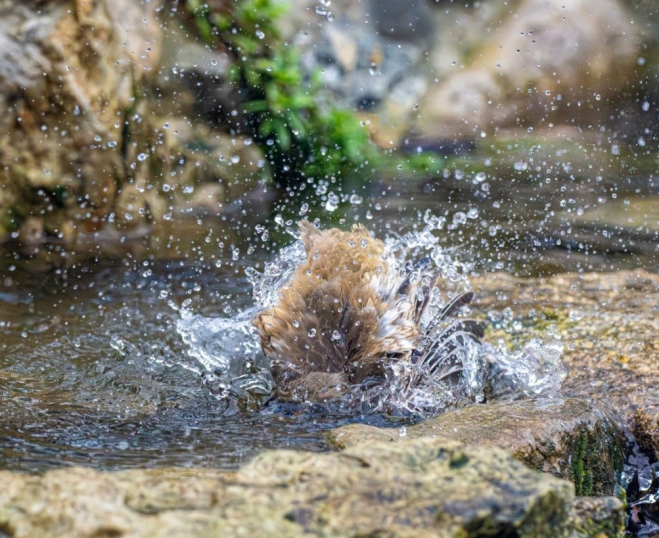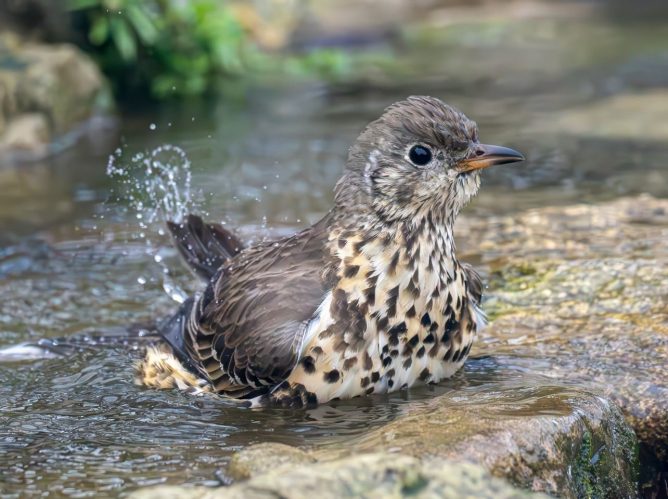It’s perfectly normal at this time of year for my thought processes to assume a mental clarity akin to the picture of this, er, ... well, you know, ... bird (I think).
The kinder readers among you will say it’s not a symptom of the passing years, more a question of me having so much knowledge stored in my brain, that it just takes longer to find the precise bit of information I need.
My confusion is usually brought on by a snatch of familiar birdsong, but one that I last heard and identified nearly a year ago and has since been mixed in with the thousands of other snippets of information casually stored away but not labelled clearly enough for instant retrieval. A few moments head scratching, though, usually does the trick.

March is the time of year when our resident birds get into full swing with their singing. As most trees and shrubs have yet to acquire their full complement of leaves, it’s usually quite straightforward to spot the bird doing the singing and identify it by sight if we haven’t already recognised the song. Doing so from a high perch helps make the male more conspicuous to rivals and potential mates of course but does have the drawback of making him more obvious to the local sparrowhawk too. Nature’s way, I suppose, of ensuring birds don’t go grow old enough to experience some of the difficulties I have.
The level of challenge increases once our summer migrants return. Many are typical little brown jobs (LBJs) with barely more than a subtly different shade of brown to distinguish them from each other – always assuming, of course, I can see them amongst the foliage. Field guides just add to my confusion when they describe closely related species as one being greyish-brown while t’other is brownish-grey. Suggestions for identifying calls and songs may offer more assistance depending on the species. Song and mistle thrushes look superficially similar but can be told apart by their songs: the song thrush helpfully repeats each phrase several times, while the mistle thrush doesn't and sounds to me as though it’s slightly sad and singing in a minor key. Its habit of singing from the very top of a tree into the teeth of a gale early in the year (hence its country name Stormcock) helps of course.
Modern technology is on hand to assist though, whether you are a forgetful oldie or someone new to birdsong. I make good use of a free, downloadable app called Merlin Bird ID to identify the more obscure calls and songs, as well as the common ones I’ve simply just forgotten. Having it on your phone is a good way to get to know which species are using your garden. If you are burdened with a daily train commute, try it while you’re waiting on the platform first thing in the morning - I can guarantee a far more uplifting experience than listening to the news!
In case you’re wondering, here is another pic of our bathing bird, identifiable now as a thrush. But which one - song or mistle?

Photo: Darren Nicholls
It’s the one the ID guide will tell you has heart-shaped spots, is greyish brown (especially its head), is the larger of the two and often sings from an exposed treetop in windy weather. Oh, and it sounds to me like it’s singing in a minor key!
Ray Morris






Make A Comment
Comments (0)